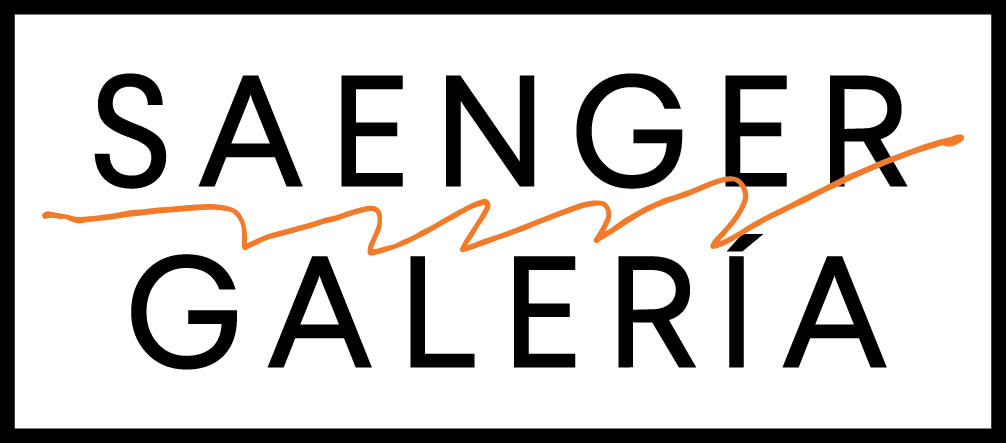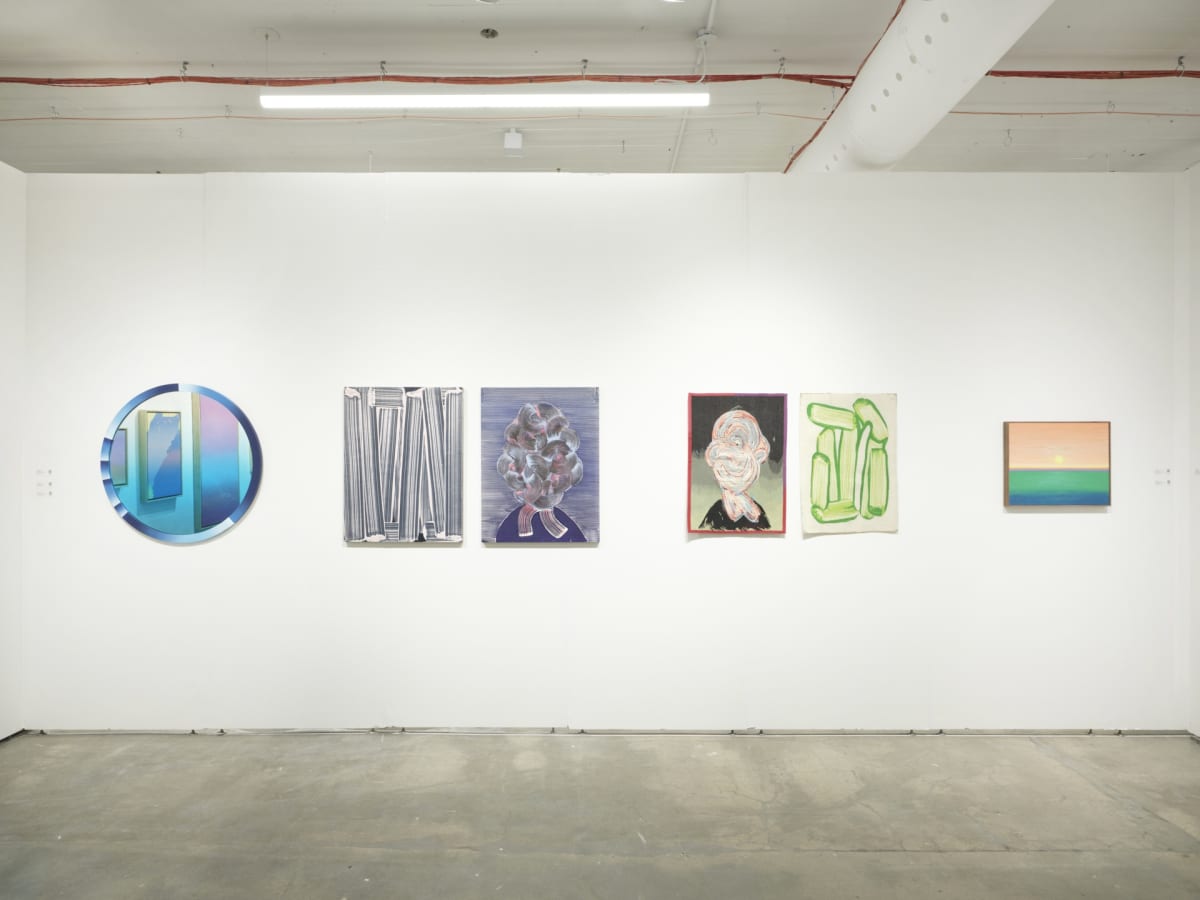O what fictions the economy keeps that lead us to regard it as another belief system that governs and shapes our way of thinking and decision making. Cecilia Barreto's work takes the art system and the economic system and weighs them in the balance. She puts painting in front of financial indicators and image before speculative capital, and we see abstraction and belief in both worlds. Cold, impersonal graphics can communicate hope or disappointment, success or failure. The economy unleashes feelings that can be transformed into the loss of an estate or the frenzied multiplication of your assets in less time than it takes a bartender to mix a tequila sunrise.
For this exhibition, Cecilia Barreto researched the tequila industry, from the perspective of Jalisco in particular. In this body of work, we appreciate pieces that have distinguished her trajectory for some time: mirrors that reflect an image of ourselves observing the data, recognizing it as we see ourselves in it, as part of this industry, of this context. We also see paintings on canvas with enchanting abstraction and use of color, inviting us to plunge into a space with no fixed horizon, somewhere that might exist in a mental limbo or in the servers that enable the financial system’s technology. Then she brings us back to that horizon that typifies the panorama but not altogether clearly, the way fog affects your vision on a cold morning in a field of blue agave—a landscape, by the way, recognized by UNESCO as a World Heritage Site in 2006. Finally, she uses painting to talk about image, its production and digital distribution, based on the fictions facilitated by photography and social networks.
Artist Richard Prince, in a 1985 Los Angeles Times interview, affirmed that “most of what goes on and passes for information is pure fiction.” He said this long before the advent of the internet and the creation of social networks, and I mention this because of Barreto's common interest in directing our attention to one of the main contemporary arenas for the propagation and consumption of images: Instagram. Like Prince, using the vertical format cover page of this social network draws our attention to the promises of identity we long for precisely because of our exposure to lifestyles that, in all probability, we will never attain.
The imaginary identity we construct for ourselves on social media—not because we all want to appear to be something else, but also because, just as in real life, what we can see does not define us or represent us—parallels the way we constructed a national identity at some point in our history. From the typical traits of a region such as charro outfits, tequila, or the cult of movie stars and musicians, we exemplified what we were supposed to be as Mexicans. You might say, conservatively speaking, that we have overcome this. But that is not enough when we see that this spiral of capitalist aspirations brings us to a scenario where ecology, the environment and our most vulnerable communities, therefore, are placed at risk.
Tequila does generate a sense of identity for Mexicans in the world: it is a source of pride and both economic and cultural confidence. Among Mexico's agri-food exports, tequila is in the top five. Look no farther than the production of the largest tequila company in the world, Tequila Cuervo (Becle), founded more than 250 years ago. It produces the colossal amount of 250,000 liters of this spirit in a single day and is an economic pillar with all the attendant benefits and consequences. Nor it is spared, like nearly everything else in this country, from violence, organized crime and ecological devastation.
Tequila Sunrise is a cocktail created almost 100 years ago by Gene Sulit, a black bartender at the Arizona Biltmore Hotel in the United States, for the satisfaction of a white tourist. The appearance its ingredients convey is of a vibrant and refreshing drink, with a red-to-orange fade horizon that looks like a sunrise. Digging into the origin of things, I find certain similarities with the ethical and aesthetic values in Barreto's work. What links does Cecilia invite us to draw for the questioning of privilege and the economic factors that affect social, ecological or cultural issues? Cecilia Barreto's work is a Trojan horse that comes to us sans disguise, a critical way of looking at data that, like daybreak, generates optimism.




